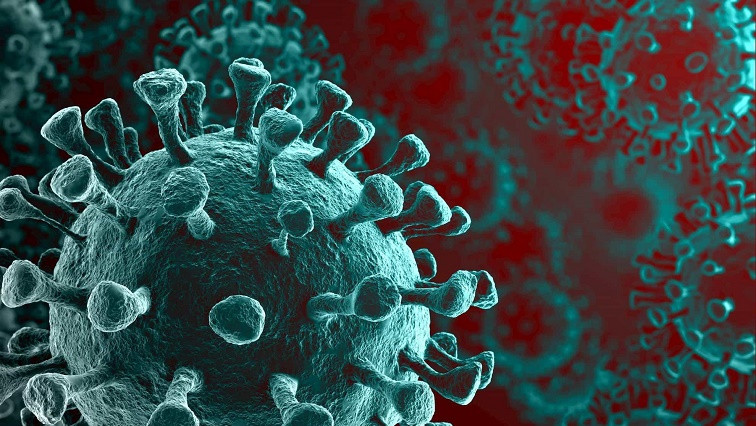According to Worldometer's COVID-19 data, at the time of writing this article on May 28th, 2020, the coronavirus has affected 213 countries and territories around the world, leaving around 360,000 deaths in its wake. Just as other members of the scientific community, nanotechnologists are also attempting to focus their studies on managing the ongoing global health crisis by developing effective personal protection equipment, accurate rapid detection methods, as well as successful treatments.
Regarding prevention, there are nanofiber-based respirators, masks, and gloves along with sanitizers, disinfectants, soaps, shampoos, and detergents developed based on antiviral and antibacterial nanomaterials such as graphene, nanodiamonds, polymeric nanofibers (e.g., polyacrylonitrile), as well as silver, titanium dioxide, and copper oxide nanoparticles. On the other hand, nanotechnology-enhanced gowns, aprons, antiviral-coatings, and air filtration systems are of essential importance in capturing bacteria, mold spores, and viruses to reduce contamination and prevent the spread of the virus in hospitals and public settings.
Furthermore, extensive research is underway to develop COVID-19 vaccines based on different nanomaterials. For instance, the recombinant protein nanoparticle technology platform is one of the promising approaches used to generate antigens derived from the spike protein of the coronavirus to enhance immune responses against the disease. Some of the approaches have already passed the preclinical phase and are currently being studied in clinical trials.
As for diagnosis, rapid nanogold-based COVID-19 tests and portable DNA/RNA sequencers consisting of nanopore channels have so far shown great promise in detecting bacteria and viruses even at very low concentrations, thereby warning people before symptoms have appeared.
Last but not least, at the treatment phase, nanotechnologists together with medical researchers are investigating the potential of nanocarriers to treat the infection caused by the coronavirus. Gold nanoparticles are a case in point, which have been designed to attach to the viruses and destroy their structure by heating them using certain infrared wavelengths; however, further preclinical and clinical studies are still required before effective nanomedicines are ready to be introduced to the market.
Follow us to learn more and get the latest updates on nanotechnology’s essential steps toward a world without the coronavirus pandemic.







